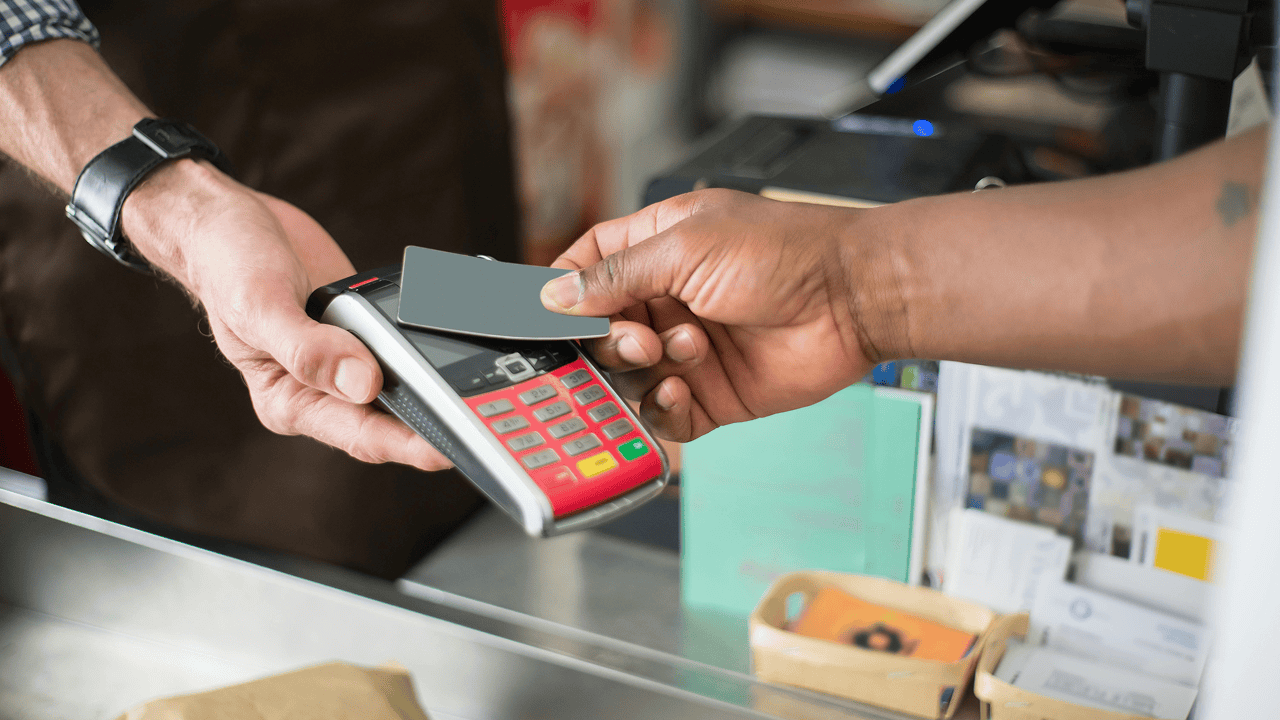
By Irene Risner June 5, 2025
Still trusting an outdated payment system? It might be hurting your business more than you think.
Let’s be honest—running a business is hard enough without worrying about fraud or chargebacks. But if your current payment gateway feels like it belongs in 2012, you could be risking more than just a few glitches.
In today’s world, online threats are real. Data breaches make headlines. Chargebacks drain your revenue. And one fraud attempt can shake your customers’ trust. A weak payment system doesn’t just cost you money—it chips away at your reputation.
If your transactions aren’t protected by solid security layers, you’re giving cybercriminals a chance. Not only that, but your team probably spends hours dealing with payment issues that a better system could solve automatically.
So how do you know it’s time for an upgrade? Let us understand that here.
1. Increase in Chargebacks and Fraudulent Transactions
If you’re seeing more chargebacks or shady-looking transactions, it’s a major red flag. Your payment gateway might not be pulling its weight anymore—and that can get expensive fast.
Understanding Chargebacks
Chargebacks happen when a customer disputes a charge with their bank. Maybe they didn’t recognize the charge. Maybe their card got stolen. Or maybe they’re trying to scam you. Either way, you lose.
When a chargeback hits, you not only return the money—you pay extra fees too. Do it too often, and payment providers might shut down your merchant account altogether.
Worse? Too many chargebacks can make your business look untrustworthy, even when it’s not. That’s why staying ahead of the problem matters.
Fraud Signals to Watch
Here’s what to keep an eye on:
- You’re seeing a spike in “unauthorized” purchases
- Customers are complaining they didn’t make a charge
- Most fraud comes from international cards with no verification
- You spot a pattern—high-value orders with odd shipping addresses
If this sounds familiar, you’re not alone. But it’s not “normal.” These are clear signs your current system isn’t spotting threats in time.
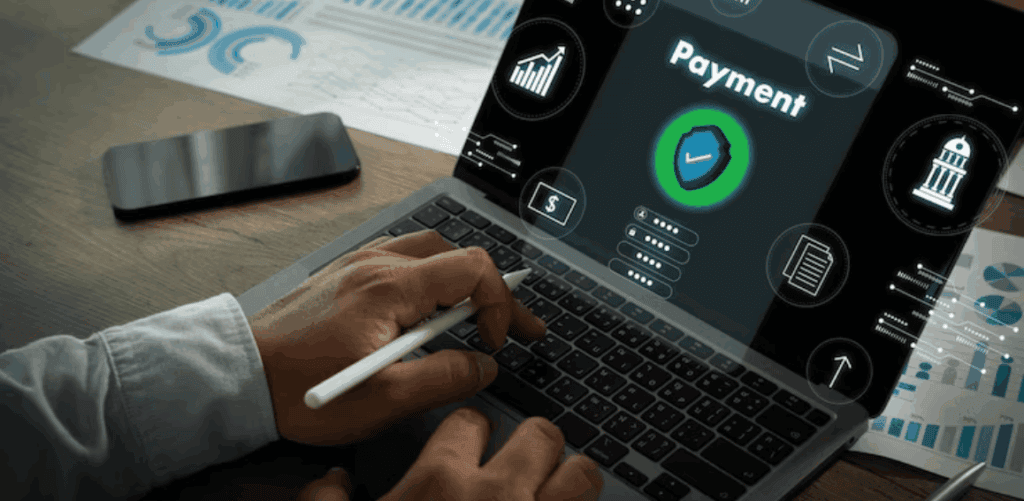
How a Secure Gateway Helps?
A strong payment gateway does more than process payments. It protects you in real-time.
Look for tools like:
- Address Verification System (AVS): Matches billing info with the card issuer
- CVV Matching: Verifies the three-digit security code
- 3D Secure: Adds an extra step to confirm the buyer’s identity
- Transaction Monitoring: Flags suspicious patterns before damage is done
- Risk Scoring: Assigns scores to each transaction, so high-risk ones get flagged automatically
These features work together like a virtual security guard. Instead of reacting after fraud happens, they help you stop it before the payment clears.
If you’re tired of fighting chargebacks or second-guessing every large order, it’s time to rethink your payment gateway or payment processor. You deserve one that fights for your business, not one that leaves you wide open.
2. Customers Complain About Payment Experience
Your checkout should be the easiest part of the customer journey. If buyers are bailing out or reaching out to complain, it’s not just annoying—it’s costing you real money.
The truth is, today’s shoppers expect fast, simple, and secure payments. If your payment gateway creates friction, they’ll bounce—and they might not come back.
Red Flags in the Checkout Journey
Here are some signs your checkout might be pushing customers away:
- Transactions keep failing for no clear reason
- Pages take forever to load or redirect to external sites
- You only offer one or two payment methods
- The layout looks clunky on mobile
Even one of these issues can trigger doubt. Two or more? That’s a trust-killer.
Why Trust and UX Matter?
Did you know that majority of online shoppers abandon checkout due to bad experiences?
People don’t have time—or patience—for confusing steps. And if your payment page doesn’t feel secure, they won’t take the risk.
You’ve seen it yourself. You go to buy something, and suddenly the site looks shady. No padlock icon. No secure badges. It redirects you to a sketchy third-party page. You close the tab. Done.
That’s what’s happening to your buyers too if your payment flow isn’t smooth and secure.
Benefits of Upgrading to a Secure Gateway
A modern payment gateway takes care of all this. It gives you:
- Fast checkout experiences—no lag, no reloads
- One-click payments for repeat customers
- Support across all devices, especially mobile
- Multiple payment options, including wallets and BNPL
- PCI DSS compliance that meets industry security standards
- Tokenization, which hides card data from attackers
When people feel safe and the process is easy, they buy more—and come back. That’s what a secure, user-friendly gateway helps you build: trust.
So if your customers are frustrated, it’s not just a tech issue. It’s a sales problem. And it’s fixable.
3. Your Business Is Growing (or Scaling Fast)
Growth is exciting—but it brings new risks. If your payment gateway can’t keep up, it could end up hurting your momentum instead of helping it.
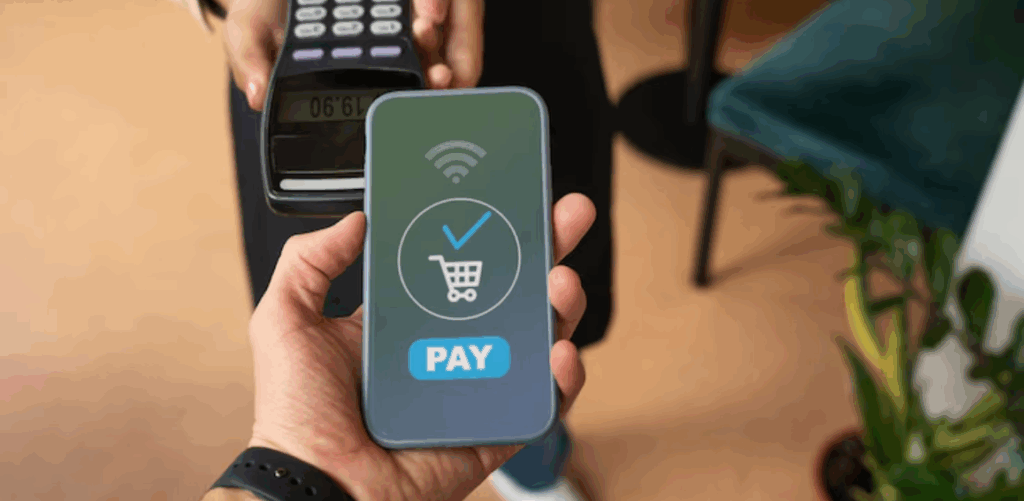
As you expand, payments get more complex. More customers, more countries, more regulations. You need a system that’s ready for that.
New Markets, New Risks
Selling in new regions means more than just flipping a currency switch.
You’ve got to deal with:
- Heavier traffic hitting your checkout
- Multiple currencies and local payment preferences
- Data privacy laws like GDPR, PCI-DSS, and CCPA
A small hiccup in one of these areas can cause huge headaches. Imagine a customer in Europe can’t pay in their currency—or worse, their card info isn’t handled securely. You lose the sale. Maybe the customer too.
Why Basic Gateways Fall Short?
Basic gateways weren’t built for growth. They lack features that scaling businesses need, like:
- Advanced fraud protection that adapts to evolving threats
- Multi-currency processing with localized support
- High traffic handling without delays or crashes
You don’t want a payment system that breaks when a promo goes viral. Or one that flags legit international orders as fraud. Those aren’t just bugs—they’re lost revenue.
A Secure Gateway Grows with You
A modern, secure payment gateway scales as you grow. It gives you:
- Flexible APIs that integrate with your website or app easily
- Localized security tools that adapt to each market
- Real-time updates that help spot fraud before it spreads
You’re not building a one-storefront business. You’re building something bigger. And that calls for a payment system built for more.
Scaling should feel exciting, not stressful. The right gateway makes sure your payments stay fast, safe, and smooth—no matter how far you grow.
4. Your Current Gateway Lacks Transparency & Reporting
If you’re guessing what’s happening with your payments, you’re already losing control. A solid payment gateway should give you full visibility—without the wait or the guesswork.

Visibility Is Power
When your reports are slow, confusing, or incomplete, you’re flying blind.
You might miss:
- Patterns in fraudulent activity
- Failed payments and why they happened
- Sales dips caused by technical issues
These blind spots cost you money. And they make it harder to spot problems before they turn into disasters.
How Secure Gateways Fix That
A secure payment gateway gives you more than a “paid” or “failed” status. It shows you what’s really happening behind the scenes.
You’ll get:
- Real-time dashboards with clear payment flow
- Transaction logs that track every step
- Instant fraud alerts so you can take action fast
- Smart integrations with tools like QuickBooks or your ERP
With this kind of data, you don’t have to dig through spreadsheets or wait for daily summaries. You see the full picture—right now.
The Result: Smarter Business Decisions
When you know exactly what’s working—and what’s not—you make better calls.
You can:
- Plan inventory around peak buying times
- Adjust your strategy to cut down fraud
- Maximize profits using clean, accurate reports
And because it all runs through one secure platform, you’re not chasing info across five different apps.
The bottom line? If you don’t have easy access to your payment data, it’s time for a change. Your gateway should be helping you grow—not leaving you in the dark.
5. Regulatory Non-Compliance Risks Looming
Running a business today means keeping up with regulations. If your payment gateway isn’t compliant, you’re risking more than just money. You’re risking your entire reputation.
What Happens if You Don’t Comply?
Let’s be straight—non-compliance is expensive.
You could face:
- Hefty fines from regulators
- Lawsuits after a data breach
- Permanent damage to your brand
Customers won’t trust you if their card data gets leaked. Once that trust breaks, it’s tough to earn back.
And it’s not just about hackers anymore. Governments worldwide are cracking down. They’re enforcing tighter data laws, and they’re not playing around.
What to Look for in a Compliant Gateway?
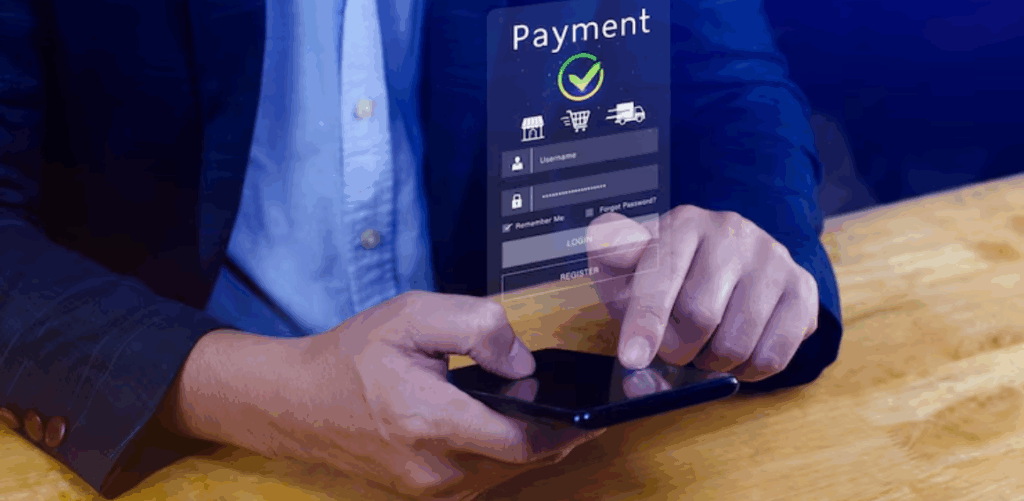
Not all gateways are built with compliance in mind. If you’re not sure yours checks all the boxes, it’s time to look closer.
Here’s what a secure, compliant gateway should offer:
- PCI DSS Level 1 certification (the highest security standard)
- End-to-end encryption to keep data safe in transit
- Tokenization to store card details securely
- GDPR and CCPA support with proper data residency options
It’s about protecting your customers and your business—on every front.
Why You Can’t Ignore It?
Cybercrime’s on the rise. Regulators are watching more closely.
You need a payment gateway that updates its security tools constantly. One that helps you stay ahead of changing rules and keeps your data locked down tight.
Non-compliance doesn’t just hit your wallet. It hits your brand, your customer base, and your future.
Secure, compliant systems aren’t optional anymore—they’re essential.
Choosing the Right Secure Payment Gateway
So how do you pick the right payment gateway? Focus on features that protect your business and make life easier for your customers.
What Features Matter Most?
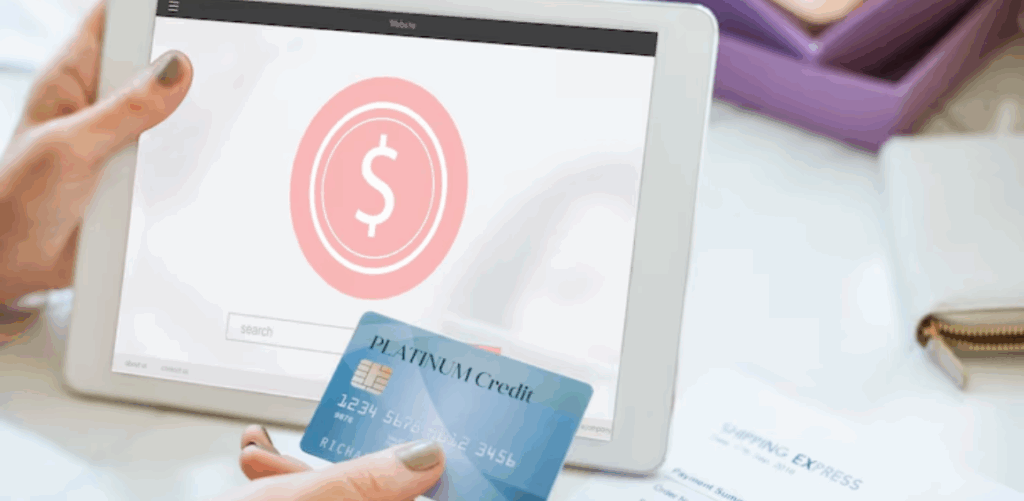
Start with security must-haves like:
- Fraud detection tools that work in real time
- Tokenization to replace sensitive data with safe placeholders
- Multi-factor authentication for extra account protection
- Support for recurring billing and international transactions
These aren’t extras—they’re essentials.
Questions to Ask Providers
Before you sign up, ask:
- Are you PCI DSS Level 1 certified?
- Do you offer real-time fraud alerts?
- How do you support businesses during disputes or audits?
A good provider won’t hesitate. They’ll have answers ready and a clear plan for keeping you secure.
Conclusion
Your payment gateway is more than just a tool—it’s the backbone of your business transactions. If it’s outdated, insecure, or lacking in features, it’s not just frustrating—it’s risky. You’ve seen the signs: rising fraud, bad checkout experiences, growth pains, poor reporting, and looming compliance issues.
Ignoring these problems won’t make them go away. In fact, the longer you wait, the more it could cost you in chargebacks, customer trust, and lost sales.
If your current gateway checks even one of these warning signs, don’t ignore it. Now is the time to upgrade to a secure, scalable, and reliable solution.
Let your gateway work for you—not against you.
FAQs
1. What is a secure payment gateway?
A secure payment gateway encrypts customer data, detects fraud, and ensures safe transactions between your website and the payment processor.
2. How does a secure gateway reduce fraud?
It uses tools like CVV checks, address verification (AVS), 3D Secure, and real-time risk scoring to flag suspicious activity before it causes damage.
3. Why do chargebacks hurt my business?
Chargebacks result in lost revenue, penalties from payment providers, and can lead to your merchant account being suspended or terminated.
4. Can a payment gateway help with compliance?
Yes. A secure gateway can support PCI DSS, GDPR, and other data regulations through features like tokenization, encryption, and data residency control.
5. What should I look for when switching gateways?
Look for PCI DSS Level 1 certification, strong fraud prevention tools, 24/7 support, and scalability to grow with your business.